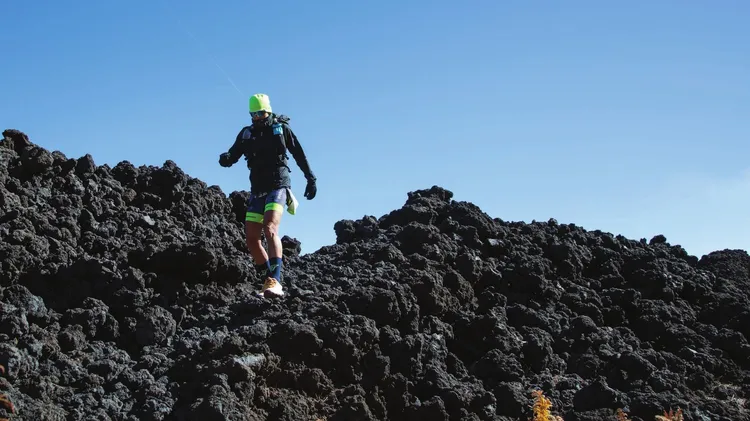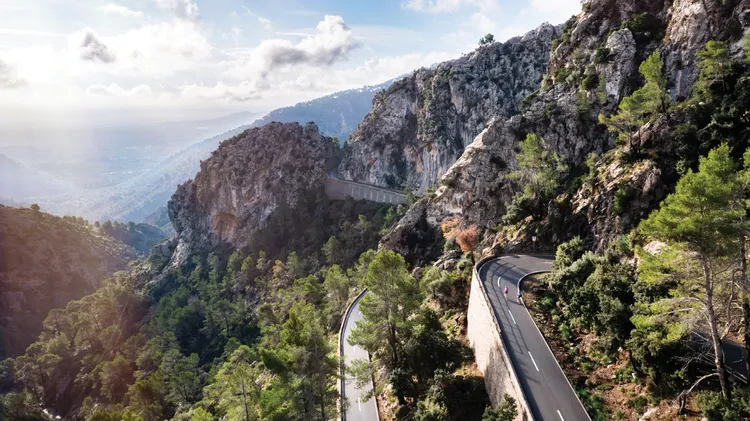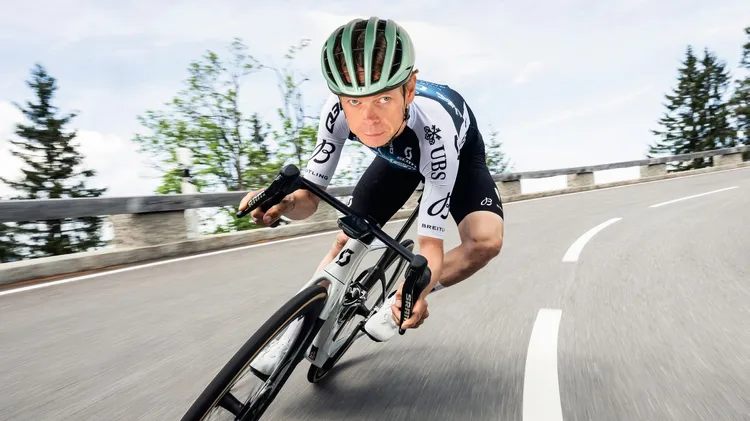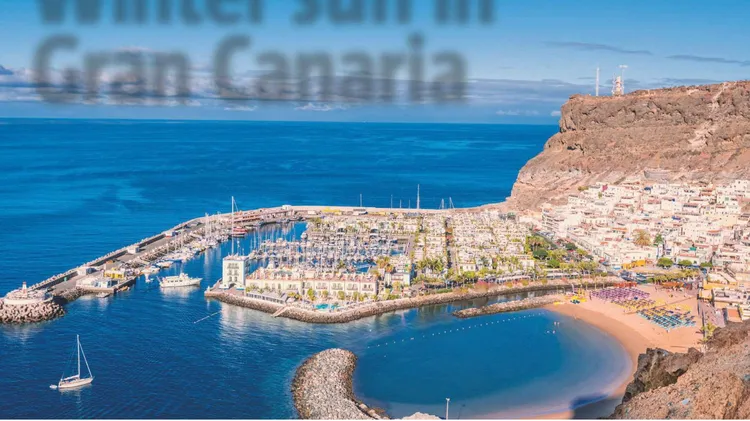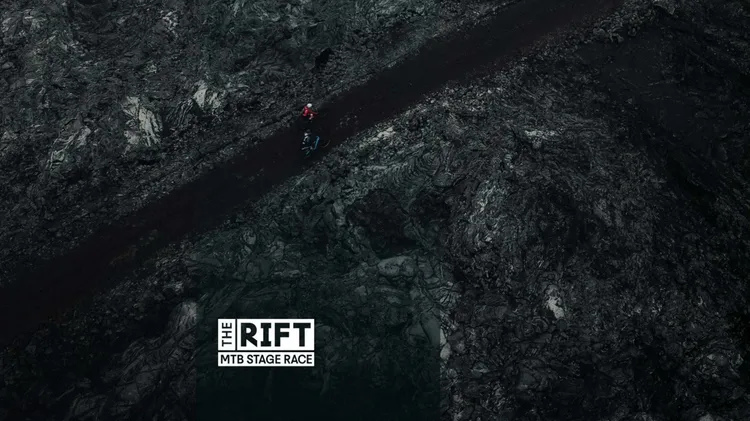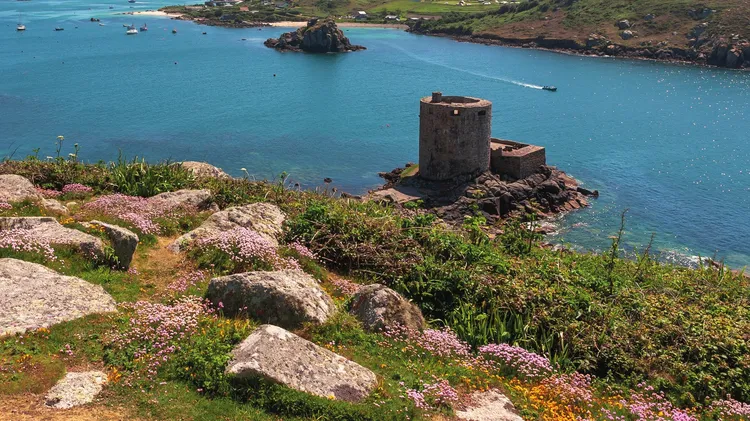On an island with year-round sunshine, water is a precious commodity. Than
Valley of the tears
9 min read
This article is from...
Read this article and 8000+ more magazines and newspapers on Readly

